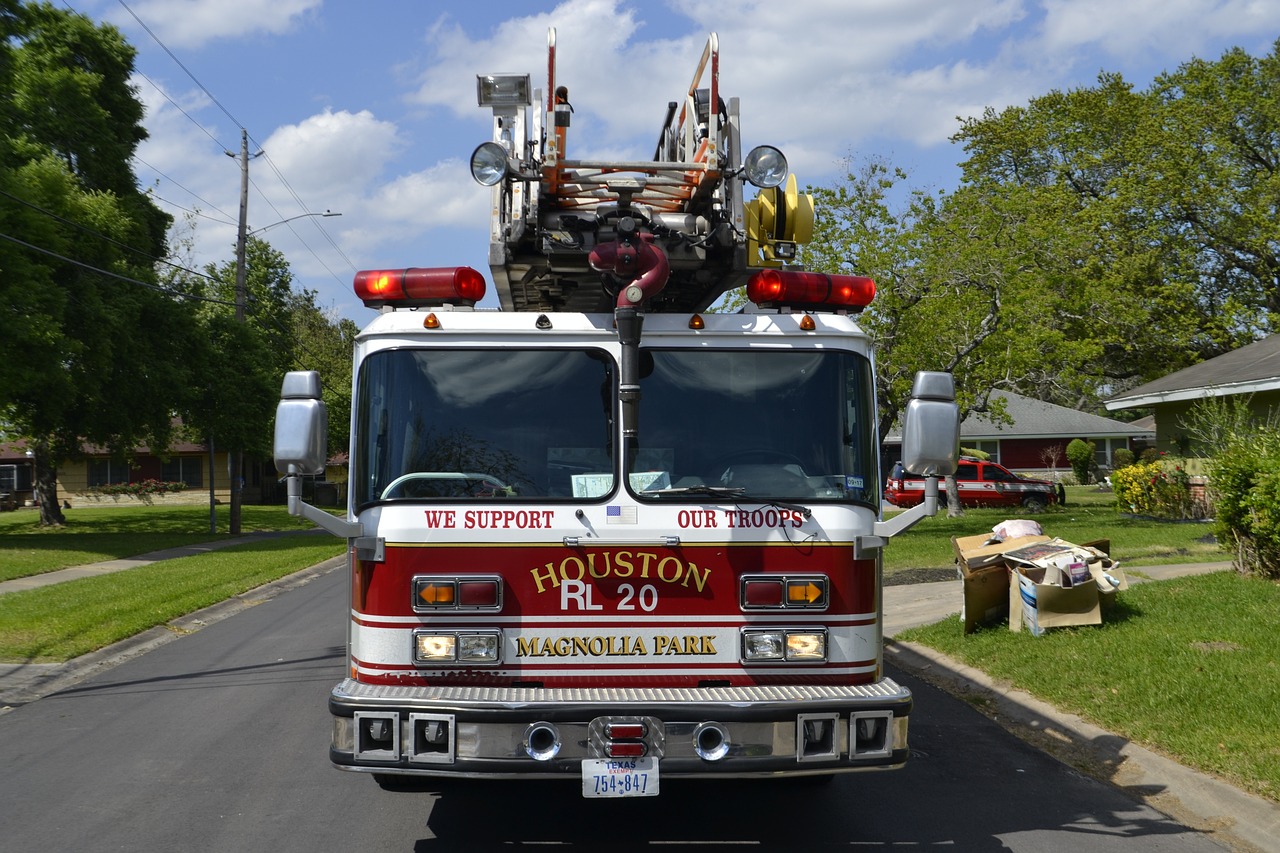The Impact of Ride-Sharing Services on Urban Traffic
The rise of ride-sharing services has transformed the way urban residents move around their cities. With the convenience of accessing a ride at their fingertips through a mobile app, people no longer need to rely solely on traditional taxis or public transportation. This new transportation option has provided a flexible and efficient way for individuals to reach their destinations quickly and conveniently.
Thanks to ride-sharing services, commuters can now enjoy shorter wait times and a more personalized experience while traveling within urban areas. The ease of scheduling a ride, tracking its arrival in real-time, and making cashless payments has made these services increasingly popular among city dwellers. As more people opt for ride-sharing as their primary mode of transportation, the once crowded streets of urban areas are witnessing a shift towards a more streamlined and efficient traffic flow.
The Rise of Ride-Sharing Services in Urban Areas
Ride-sharing services have quickly gained popularity in urban areas as a convenient and cost-effective transportation option for residents. With the rise of companies like Uber and Lyft, commuters now have a more flexible alternative to traditional taxis and public transportation. The ease of booking a ride through a mobile app and the ability to track your driver in real-time have significantly improved the overall experience for users.
In addition to providing a convenient mode of transport, ride-sharing services have also contributed to reducing traffic congestion and parking issues in urban areas. By promoting carpooling and shared rides, these services help minimize the number of vehicles on the road, leading to decreased emissions and a more sustainable urban environment. As more people opt for ride-sharing over owning a car, cities are witnessing a shift towards more efficient and eco-friendly transportation solutions.
What are ride-sharing services?
Ride-sharing services are platforms that connect passengers with drivers who are willing to provide transportation in their own vehicles for a fee.
How do ride-sharing services benefit urban residents?
Ride-sharing services offer a convenient and cost-effective transportation option for urban residents, allowing them to easily get around the city without needing to own a car or rely on public transportation.
Are ride-sharing services safe?
Ride-sharing companies have strict safety protocols in place, including background checks on drivers and insurance coverage for passengers. It is generally considered a safe mode of transportation.
How do ride-sharing services impact traffic congestion in urban areas?
Some studies suggest that ride-sharing services can contribute to increased traffic congestion in urban areas, as more vehicles are on the road to meet the demand for rides. However, they also provide an alternative to private car ownership, which can help reduce the overall number of cars on the road.
Are ride-sharing services sustainable in the long term?
The sustainability of ride-sharing services depends on various factors, including regulatory changes, advancements in technology, and consumer preferences. Many cities are exploring ways to integrate ride-sharing services into their transportation systems to improve overall efficiency and reduce environmental impact.





